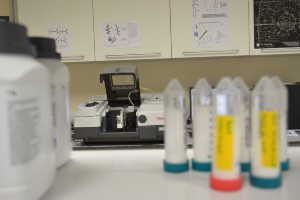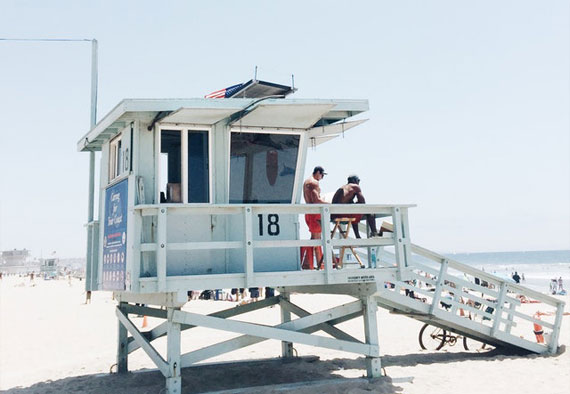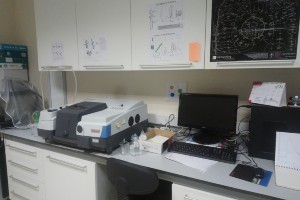About me
EDUCATION
B.S., Gazi University, Physics and Education- Turkey
PhD., Cukurova University, Physics- Turkey
EXPERIENCE
2018- 2021
- Atilim University- Dr. Korkmaz's Biophysics Laboratory (Visitor)
2015-2016
- Hacettepe University-Radiation Oncology (Researcher)
2011-2012
- University of Illinois at Chicago–Radiation Oncology (Internship)
- Loyola University – Radiation Oncology (Visitor)
- University of Chicago – Radiation and Cellular Oncology (Visitor)
2008-2010
- Çukurova University- Physics, Thermoluminescence Laboratory (Student)
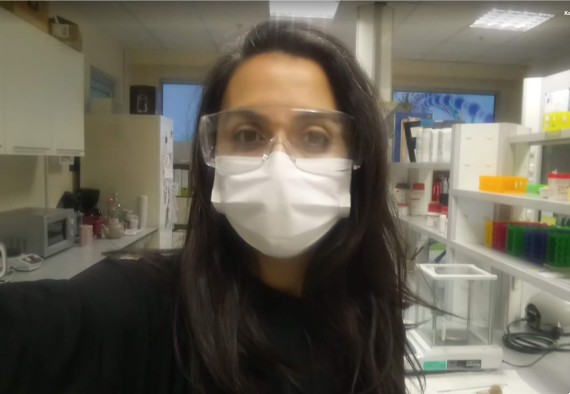
Dr. Korkmaz's Biophysics Laboratory
...
Publications
Publications:
N. Sarigul,Does Electron Spectrum Affect TLD-100 Dose Response in 6 MV Photon Beam Irradiation?, Cumhuriyet Science Journal doi:10.17776/csj.1086868(TR)
MEHMET IŞIK,N. Sarigul,Nizami Gasanly,Thermoluminescence characteristics of GaSe and Ga2Se3 single crystals, Journal of Luminescence doi:10.1016/j.jlumin.2022.118846(Q2)
N. Sarigul, Evaluation of the effect of field sizes on radiation dose in the presence of metal materials using Monte Carlo simulation, Applied Radiation and Isotopes doi:10.1016/j.apradiso.2022.110143 (Q2)
B.Ispir, N. Sarigul, Z.Yeğingil, "NanoDot™ OSLDs in verifying radiotherapy dose calculations in the presence of metal implants: A Monte Carlo assisted research", Radiation Physics and Chemistry. 2021.187,109577 doi:10.1016/j.radphyschem.2021.109577
N. Sarigul, I. Kurultak, Arife Uslu Gokceoğlu, Filiz Korkmaz. "Urine analysis using FTIR Spectroscopy: A Study on Healthy Adults and Children", Journal of Biophotonics, 2021. Mar 26:e202100009. doi: 10.1002/jbio.202100009.
S. Delice, M. Işık, N. Sarigul, G. Nizami, "Defect characterization in Bi12GeO20 single crystals by thermoluminescence", Journal of Luminescence, 233,117905, 2021. doi:10.1016/j.jlumin.2021.117905
N. Sarigul, M.Surucu, C.Reft, Z. Yegingil, B. Aydogan, "A practical method for measuring dose in bone and lung using TLD-100s in 6 MV and 15 MV photon beam", Physics in Medicine&Biology. 6;65(5), 2020. doi: 10.1088/1361-6560/ab735d
M. Işık, N. Sarigul, Nizami Gasanly, "Thermoluminescence characteristics of Bi12SiO20 single crystals", Journal of Luminescence, 224, 2020. doi: 10.1016/j.jlumin.2020.117280
N. Sarigul, F. Korkmaz, İ. Kurultak, "A New Artificial Urine Protocol to Better Imitate Human Urine", Nature Scientific Reports, 9, 20159, 2019. doi:10.1038/s41598-019-56693-4
N. Sarigul, F. Y. Yedekci, M. Yeginer, F. Akyol, H.Utku, "Determination of inflection points of CyberKnife dose profiles within acceptability criteria of deviations in measurements", Reports of Practical Oncology and Radiotherapy, 25, 6-12, 2020. doi: 10.1016/j.rpor.2019.10.008.
N. Sarigul, M.Surucu, Bulent Aydogan, "Energy Response Factor of BeO Dosemeter Chips: A Monte Carlo simulation and general cavity theory study", Radiation Protection Dosimetry, 1-7, 2019. doi:10.1093/rpd/ncz010
F. Akyol, N. Sarigul, M. Yeginer, Y. Yedekci, and H. Utku, "Evaluation of NanoDot Optically Stimulated Luminescence Dosimeter for Cone-shaped Small Field Dosimetry of CyberKnife Stereotactic Radiosurgery Unit: A Monte Carlo Simulation and Dosimetric Verification Study", Journal of Medical Physics, 44, 1, 2019. (The first two authors contributed equally to this article) doi:10.4103/jmp.jmp_96_18
N. Sarigul, M.Surucu, C. Reft, Z. Yegingil, B. Aydogan, "Examination Of General Cavity Theory For Magnesium And Titanium Doped Lithium Fluoride (TLD-100) Of Varying Thicknesses In Bone And Lung", Radiation Measurement 94, 1-7, 2016. doi:10.1016/j.radmeas.2016.08.005
N. Nur, Z. Yeğingil, M. Topaksu, K. Kurt, T. Doğan, N. Sarigul, M. Yuksel, V. Altunal, A. Ozdemir, V. Guckan, I. Gunay. "Study of thermoluminescence response of purple to violet amethyst quartz from Balikesir, Turkey", Nuclear Instruments and Methods in Physics Research Section B Beam Interactions with Materials and Atoms, 358, 6-15, 2015. doi:10.1016/j.nimb.2015.05.011
Proceeding Publications:
1.) G.M. Gungor Price, N. Sarigul, Z. Yegingil. The effect of voxelization in Monte Carlo simulation to validate Bragg peak characteristics for a pencil proton beam. Nuclear Inst. and Methods in Physics Research, B
Some Conference Proceedings:
1.) B. İspir, N. Sarigul, K. Yenice, H. Schlattl, Z. Yeğingil. A Monte Carlo Evaluation of Flattening Filter Free MV Photon Dose Distributions in the Presence of High Z Metals, 59 th AAPM Annnual Meeting, 30 July-2 August 2017, Denver, ABD, Medical Physics. SU-I-GPD-T-356 (Sunday, July 30, 2017)
2.) N. Sarigul, M.Surucu, B. Aydogan, Electron Spectrum Effect On LiF Response To 6 Mv Photon Beam Using Monte Carlo And Burlin Cavity Theory, Third International Conference On Radiation And Applications in Various Fields Of Research, June 8-12 2015, Budva, Montenegro. RAD book of abstract
3.) N. Sarigul, M. Surucu, C. Reft, B. Aydogan, Examination of General Cavity Theory for Lithium Fluoride TLDs in Bone and Lung Heterogeneities, 54 th AAPM Annnual Meeting, 28 July-2 August, Charlotte, ABD, Medical Physics 06/2012; 39(6):4011. doi:10.1118/1.4736360
Research Interests
Research Group 1
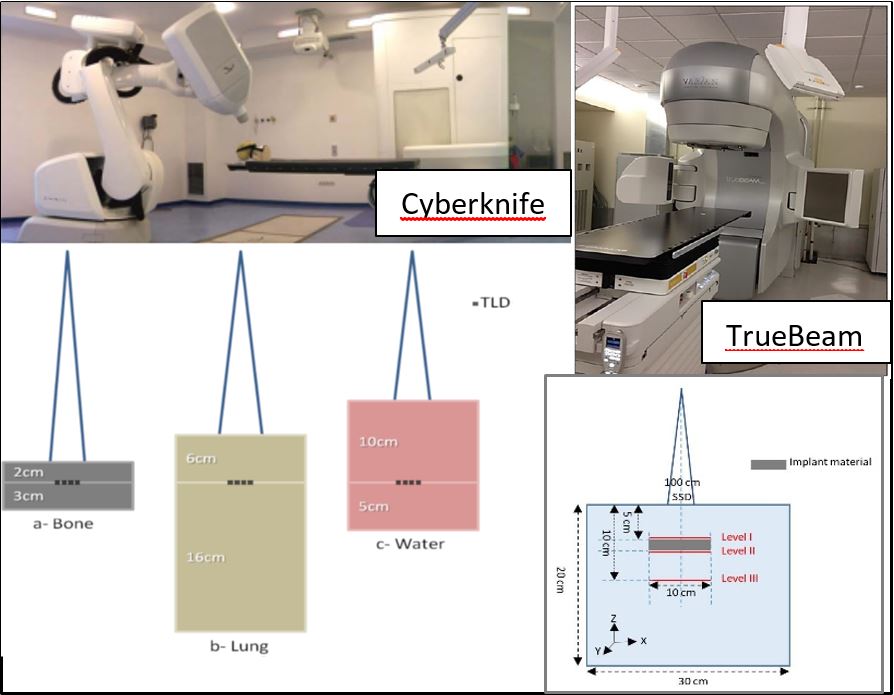
Radiation therapy is used as an important part of the cancer therapy process as well as surgery and chemotherapy. The aim of radiotherapy is to give the malignant cell enough ionization radiation while giving the minimum dose to the normal tissue during the treatment. In order to test this, there are several dose calculation methods are used in clinic such as treatment planning system, dosimetric system.
Human body consist of variety of tissues and cavities with different physical and radiological properties. Among these, the most important for radiation dosimetry are tissues and cavities that are radiologically different from water, including lung, oral cavities, teeth, nasal passages, sinuses and bones. In addition, implant materials are frequently used in the human body, which causes inhomogenous media. These inhomogenities perturb the unit density dose calculations. The dose perturbation varies depending on the location of the inhomogeneity, the lateral dimensions of the homogeneity, and the photon field size.
There are more advanced methods such as pencil beam convolution, superposition convolution and collapsed cone superposition convolution provide much more accurate calculation methods for dose distribution in inhomoenous material. Monte Carlo simulation is the most accurate methods determining dose in inhomogenous media. This simulation can be compared to experimental results obtained by measurement with dosimeter such as thermoluminescence (TL) and optically stimulated luminescence (OSL) dosimeters. It is very common to use the first order approach to convert dose in TLD to dose in medium using stopping power ratios as suggested by Bragg-Gray cavity theory. We show that this approach provides correct results for lung, however, not for bone. Also, our research group shows that correction factors can be applied when necessary to calculate the behavior of these detectors by obtaining the percentage depth dose curves in inhomogenous media as lung and bone.* Our collaborations with Çukurova University, Adana Acıbadem University, Chicago University and Loyola University are continuous.
* N. Sarigul, M.Surucu, C.Reft, Z. Yegingil, B. Aydogan. “A practical method for measuring dose in bone and lung using TLD-100s in 6 MV and 15 MV photon beam” Physics in Medicine & Biology,6;65(5), 2020. doi:10.1088/1361-6560/ab735d
Research Group 2
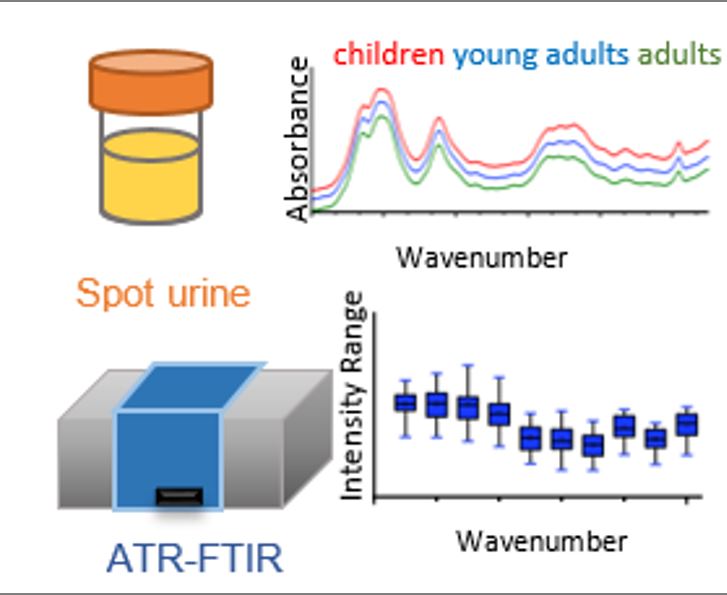
Fourier Transfor Infrared(FTIR) spectroscopy and FTIR microscopic imaging, which are one of the vibration spectroscopy applications, have recently been tested in many disease analysis studies. There are promising studies on its use as a potential diagnostic tool in the analysis of blood and urine markers and in many different forms of kidney disease. Infrared analyzes of kidney stone components and cysteine stones are currently used clinically. Additionally, this spectroscopic method has been applied as a diagnosis method for many diseases such as gastrointestinal, cervical and prostate cancer.
Our studies in this area started with mimicking human urine and showing it in the FTIR spectrum*, and then the variation between the human urine spectra of healthy pre pubertal and adult individuals was demonstrated using statistical methods. Collaborations with Atılım University Biophysics Laboratory, Ankara Training and Research Hospital Paediatric Nephrology, Trakya University Department of Neprology and Child and Adolescent Psychiatry, the diagnosis of disease such as autism disorder, haematuria, proteinuria, lipiduria from urine specimens are being investigated.
* N. Sarigul, F. Korkmaz, İ. Kurultak. “A New Artificial Urine Protocol to Better Imitate Human Urine” Nature Scientific Reports,9,20159, 2019. doi:10.1038/s41598-019-56693-4
HTML5 & CSS3
Makale1 Özet.Makale1 Özet.Makale1 Özet.Makale1 Özet.Makale1 Özet.Makale1 Özet.Makale1 Özet.Makale1 Özet.Makale1 Özet.Mak ale1 Özet.Makale1 Özet.Makale1 Özet.Makale1 Özet.Makale1 Öze t.Makale1 Özet.Makale1 Özet.Makale1 Özet.Makale1 Özet.Makal
Creative Ideas
Makale2 Özet.Makale2 Özet.Makale2 Özet.Makale2 Özet.Makale2 Özet.Makale2 Özet.Makale2 Özet.Makale2 Özet.Makale2 Özet.Mak ale2 Özet.Makale2 Özet.Makale2 Özet.Makale2 Özet.Makale2 Öze t.Makale2 Özet.Makale2 Özet.Makale2 Özet.Makale2 Özet.Makal
Easy Customize
Makale3 Özet.Makale3 Özet.Makale3 Özet.Makale3 Özet.Makale3 Özet.Makale3 Özet.Makale3 Özet.Makale3 Özet.Makale3 Özet.Mak ale3 Özet.Makale3 Özet.Makale3 Özet.Makale3 Özet.Makale3 Öze t.Makale3 Özet.Makale3 Özet.Makale3 Özet.Makale3 Özet.Makal
Admin Dashboard
Makale4 Özet.Makale4 Özet.Makale4 Özet.Makale4 Özet.Makale4 Özet.Makale4 Özet.Makale4 Özet.Makale4 Özet.Makale4 Özet.Mak ale4 Özet.Makale4 Özet.Makale4 Özet.Makale4 Özet.Makale4 Öze t.Makale4 Özet.Makale4 Özet.Makale4 Özet.Makale4 Özet.Makal

